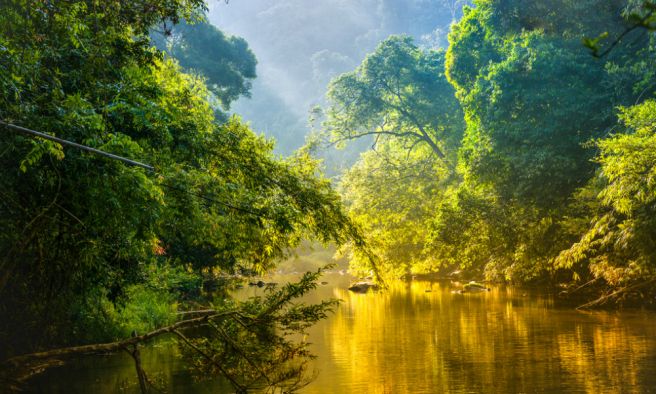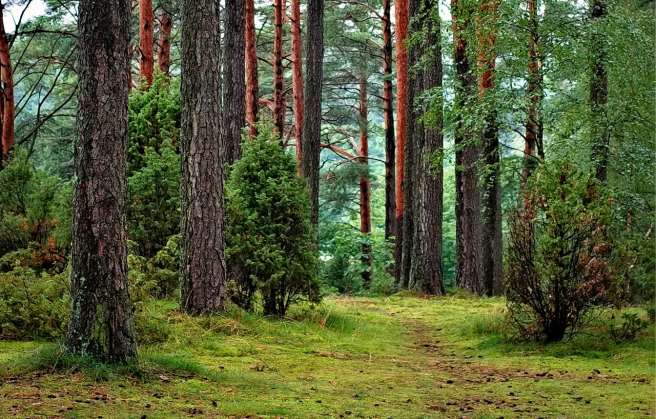Ten-year long study offers new insights into wildfires in Amazon rainforest

Researchers at the Department of Geography at CU-Boulder published the findings of the longest and largest study of wildfires in Amazon, which is the world’s largest rainforest. In this study lasting a decade, the researchers selected a 370-acre plot in the southeastern portion of the Amazon and tested the effects of controlled fires of different burn frequencies. Some sections were burnt to mimic human-caused wildfires, and other sections were burnt to mimic the natural El Nino cycle. They found that Amazon forests were able to withstand an initial, low-intensity burn without suffering permanent damage. However, repeated blazes, especially when those fires coincided with drought years, were extremely damaging to the forests. The researchers also found a strong correlation between the extent of the burn area and the presence in nearby areas of leaf-cutter ant colonies, in that, these ants remove leaf litter and other woody debris on the ground thus reducing fuel sources for blazes to continue burning and spreading.
Read more in Science Daily.


